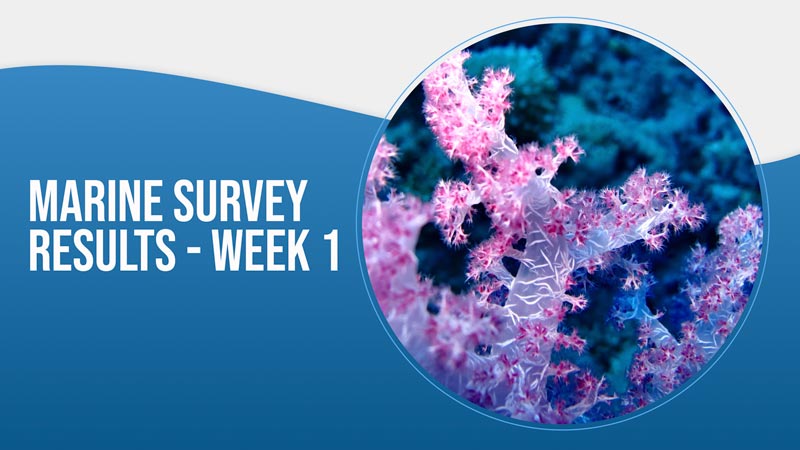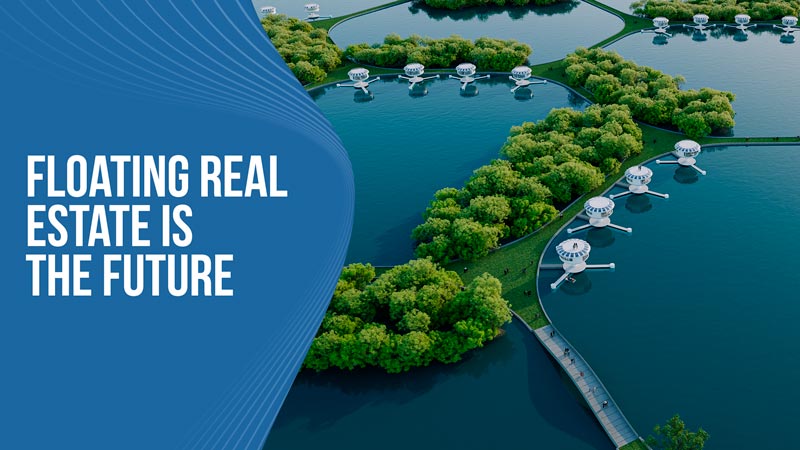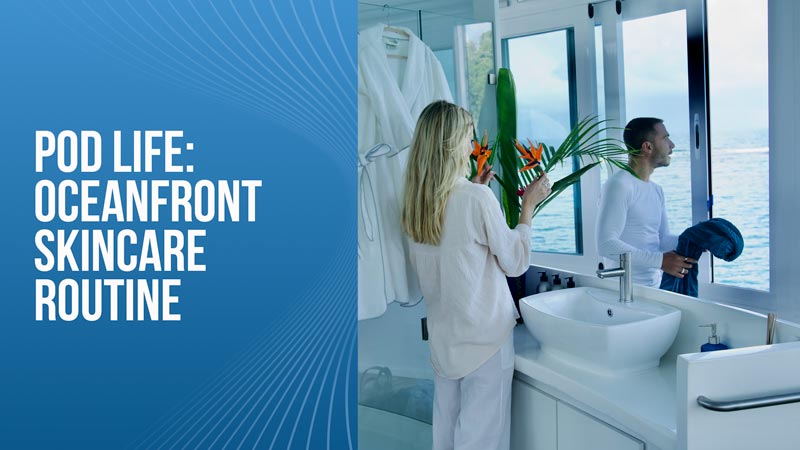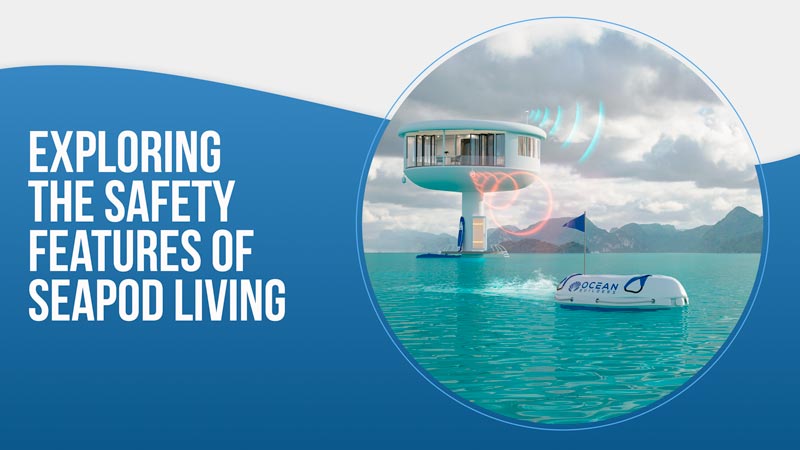
Most humans have a very eco-destructive way of living. We clear cut trees and plants to lay huge foundations for houses and we dig up the earth and disturb ecosystems to install sewer systems or electricity. One of the biggest goals that we have here at Ocean Builders is to create a way for humans to live and coexist with nature that is not just eco-neutral, but ecologically positive so that we can improve the areas where we place our homes.
Dealing with homes in the water adds many more complicated steps and due to the relatively new concept of SeaSteading in this form, there is not much historical data to look at. We are having to do much of our own research as we go. Part of this research includes marine surveys of the potential areas where we may deploy our SeaPods.
There are several reasons for doing these surveys. First, we don’t want to harm the ecosystem that is already there. If our survey finds that the presence of the SeaPod would be negative for that area, then we won’t place one there. Another thing that we want to consider is the potential for growth. We want to place the SeaPod in a place where its presence will help the local marine life. These surveys will tell us which places will see the most benefits from what we are doing. Of course, we want to maximize the positive impact that we can have so deploying in these areas will provide better results.
Additionally, these surveys give us an in-depth analysis of the condition of the area before we get there so that we can have a thorough reference to look at as we track the growth that we create in these areas. Having this baseline or starting point is a great way to measure our progress. We can even plant corals in some of these areas before the introduction of a SeaPod to measure the potential growth and see how fast things grow in that specific spot.
Knowing things like the exact species in an area, their healthiness, the water temperatures, Ph levels, and exact depths will give us a better idea of what we are working with. We will have at least six months of surveying and the first two or so months will just be getting the baseline and initial conditions. After that, we will do things like plant some corals and see how they grow. This information is very valuable to us and will be an important part of making sure that we always have a positive impact on the areas where we deploy the SeaPods.




